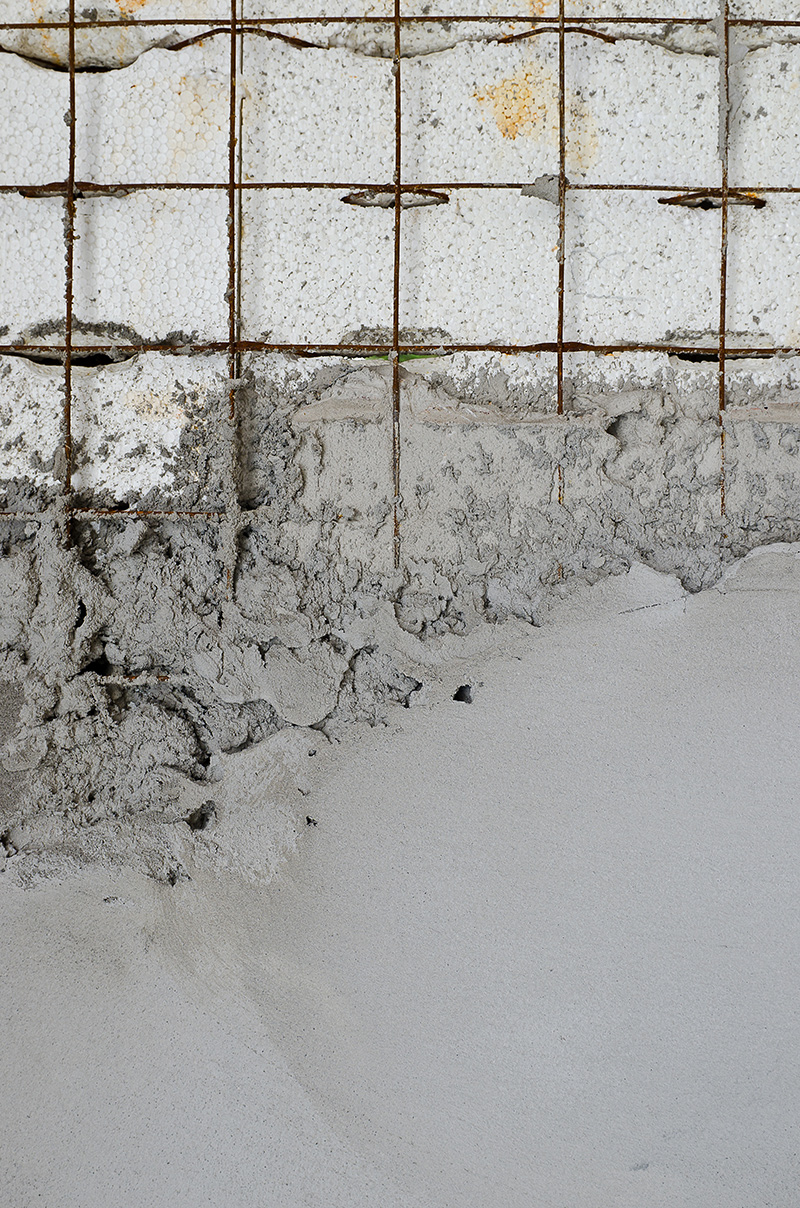csma
cementitious slag makers association
Addition to concrete
In the UK, GGBS is normally supplied as a separate material and combined with Portland cement CEM I at the concrete mixer.
However, it can also be blended with Portland cement clinker in a cement factory and marketed as ‘Portland-slag’ or ‘Blast furnace’ cement in accordance with the European Standard for cement, BS EN 197-1. The British Standard for concrete, BS 8500, allows either approach to be used.
These alternative routes have little effect on the properties of the finished concrete and the savings in carbon dioxide emissions are broadly similar. When added at the mixer the GGBS content counts fully to the total cementitious content for minimum cement content and maximum water/cement ration calculations.
Generally, adding the GGBS at the concrete mixer:
- Reduces transport burdens, because the addition can be delivered directly to the concrete plant without having to go via a cement factory.
- Provides more accurate proportions, because the materials are weigh-batched in a concrete plant.
A major advantage of adding GGBS at the concrete mixer, rather than at the cement factory, is the flexibility to vary the proportion and thereby optimise the technical performance of the concrete.
The most widely used GGBS proportion is 50% but it is advantageous to be able to vary the proportion to meet specific requirements, e.g.
- 66 to 80% GGBS may be best for high sulphate resistance or for high resistance to chloride ingress
- 50 to 70% GGBS may be best to reduce heat of hydration and control early-age cracking
- 25 to 40% GGBS may be best to avoid extended finishing times for applications such as power-floated floors
- 20 to 40% GGBS may be best to ensure high early strength
- 80 to 95% GGBS may be best to achieve very low early-strength gain in applications such as secant piles
- 30 to 40% GGBS may be best to avoid excessive retardation in cold weather
Some users, e.g. precast concrete factories producing only a small range of products that require similar concrete properties, will not want to incur the expense of the additional silo needed to blend at the mixer and may prefer a factory-blended cement.
Further information
Portland cement replacement: within-mixer or factory-blend? Click here for pdf.
Fifty years experience in the UK using GGBS as an addition to concrete. Click here for pdf.


